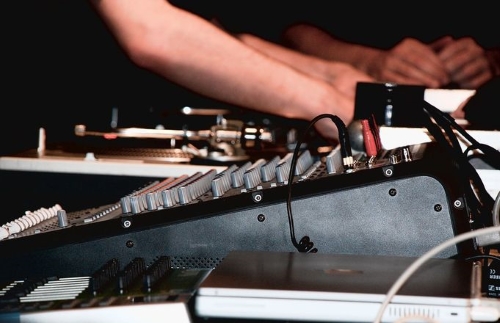Standing behind my front of house guy one morning, I watched how he listened to the music and made subtle mix changes. The truth is the little mix changes make a huge difference, and too often the novice sound person makes an initial EQ pass on the console and then stops.
A little change can bring an instrument to the front of a mix. It can make a vocal pop out. It can do a lot.
Little changes tend to be in five areas: Gain Correction, EQ, Effects, Volume Balancing, Monitor Tweaking.
Gain Correction
Rare is the time to alter the channel gain once it’s set, but it can happen. I see this when the initial gain is set a little too low or a vocalist decides to sing a lot louder during an event than during the sound check. A subtle gain change can be just enough to place the channel in the sweet spot without having a noticeable impact on the monitors.
For initial gain setting, have the fader at the “0” or “U” (Unity) position and set the gain accordingly. This way, you will have the best volume coming in and the most granular control.
For good measure, any time a large gain change needs to be made or a channel pad removed and the musicians are using in-ear monitors, have them remove their in-ears before making the change.
EQ Changes
It’s not so much what can be done but when it can be done. Digital consoles provide more EQ control but if they aren’t being touched during the event, it doesn’t matter. A mix in an empty room sounds different that a packed house.
I’m all for a few helpful EQ tweaks so consider these:
—Boost highs for vocal clarity. I had a tech tell me he cut all lows and highs because the human voice is only in the mid-range. I’m not sure what he was smoking.
—Boost highs for guitar brightness, especially when finger-picking, chicken-pickin’, or have solo work you want to cut through.
—Work in the mid-range for separating two acoustic guitars. Remember to cut from one before boosting in the other.
—Roll up the high pass filter on vocals and guitars until it’s noticeable and then back it off. I’ve run it as high as 280 Hz. (Hey, don’t judge me!)
Effects Changes
In the old days (I can say that now), effects units had a handful of parameter settings but with digital consoles, I’ve got effects with ten different parameters. Don’t resign yourself to only changing the reverb time, look at everything else.
You might be able to use the effects parameters to roll off the reverb on the low end—do you really need to reverb the low end? No. Tweak, change, test, and see what happens.
Ultimately, ask yourself the question, “Does this sound meet the sound I want?“
Volume Balancing
We’re strictly talking faders at this point. With all the tweaks so far, a little volume balancing will be needed to correct any volume increases or decreases caused by your tweaks. EQ changes can affect volume.
And of course, normal volume tweaking should occur throughout a live song. Boost the vocals at the chorus, cut the drums during a bridge, and think about song arrangement and the movement of a song that gives it energy.
Monitor Tweaks
This whole tweaking process is after my initial sound check, first run at mixing, and setting of monitor levels. However, given possible gain changes, it’s a good time to check with the band on floor wedge monitor levels.
The Take Away
Little changes add up to a great mix. Use this tweaking process during the rehearsal and the live gig for a better, more engaging mix. The audio console is a musical instrument that’s meant to be played—not placed on auto-pilot.
This article is provided by Behind The Mixer.















